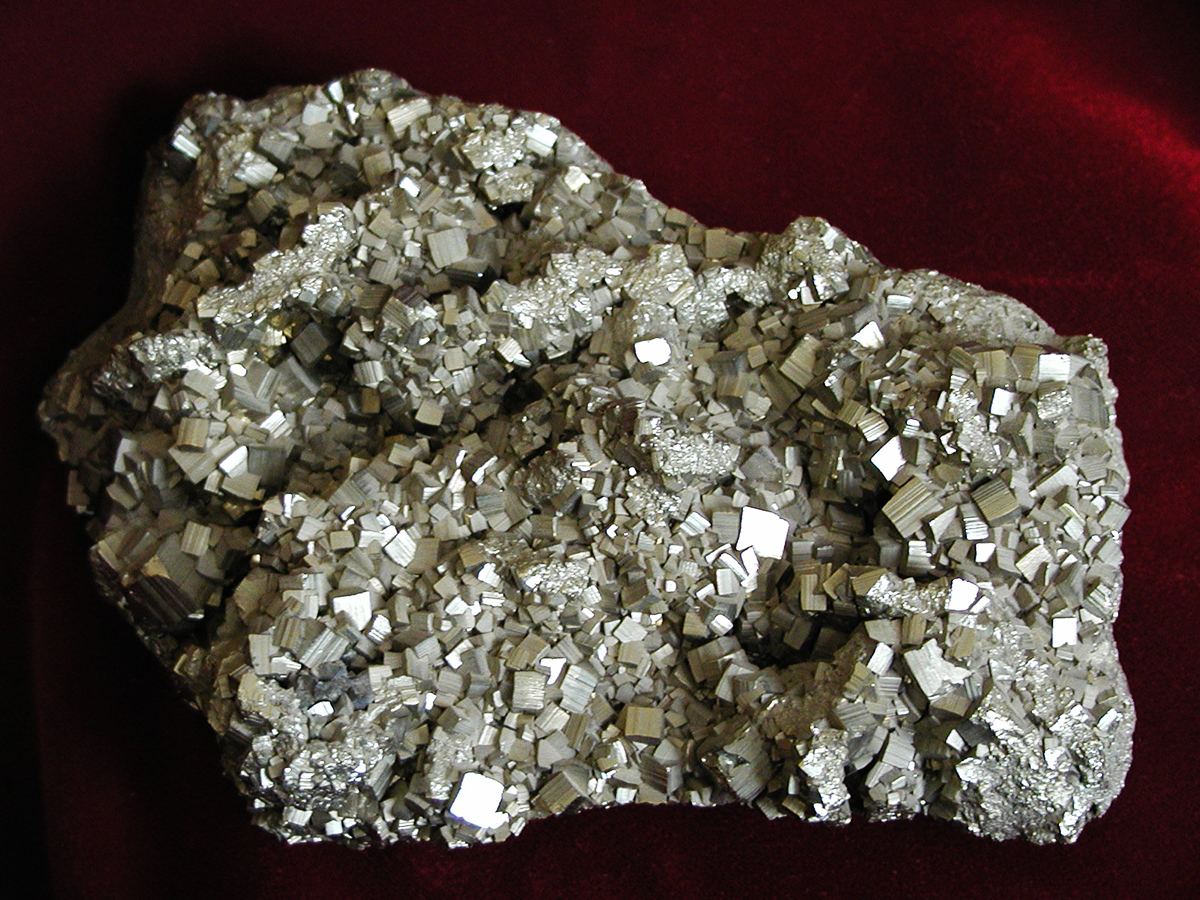In our daily lives, we often overlook the myriad of chemicals that facilitate our routines, enhance our living environments, and contribute to our overall well-being. From cleaning agents to personal care products, these substances play crucial roles in maintaining hygiene, comfort, and functionality in our homes. In this article, we will explore ten common chemicals found in households, detailing their applications, benefits, and safety considerations.
- Sodium Bicarbonate (Baking Soda)
Uses: Sodium bicarbonate is a versatile compound widely used in baking, cleaning, and deodorizing. In the kitchen, it acts as a leavening agent, helping baked goods rise. Beyond culinary applications, it serves as an effective abrasive cleaner for surfaces and a deodorizer for refrigerators and carpets.
Safety Considerations: Generally recognized as safe, baking soda poses minimal risk when used as directed. However, excessive ingestion can lead to metabolic alkalosis, so it should be used judiciously in food applications.
- Acetic Acid (Vinegar)
Uses: Acetic acid, commonly found in vinegar, is a powerful natural cleaner and disinfectant. It effectively removes mineral deposits, grease, and odors, making it a staple in many households. Additionally, vinegar can be used in food preservation and as a flavor enhancer in cooking.
Safety Considerations: While vinegar is safe for most uses, its high acidity can irritate the skin and eyes. It should be diluted when used for cleaning to minimize potential harm.
- Hydrogen Peroxide
Uses: Hydrogen peroxide is a potent oxidizing agent used primarily as a disinfectant and bleaching agent. It is effective in sanitizing surfaces, whitening laundry, and even treating minor cuts and abrasions due to its antibacterial properties.
Safety Considerations: While generally safe in low concentrations (3-10%), higher concentrations can be corrosive and should be handled with care. Always store it in a dark container to prevent degradation.
- Sodium Hypochlorite (Bleach)
Uses: Sodium hypochlorite is a widely used disinfectant and stain remover. It is effective in killing bacteria, viruses, and fungi, making it a popular choice for sanitizing surfaces in kitchens and bathrooms. Additionally, it is used in laundry to whiten whites and remove tough stains.
Safety Considerations: Bleach can be hazardous if ingested or if it comes into contact with skin and eyes. It should always be used in well-ventilated areas, and care should be taken to avoid mixing it with ammonia or other cleaners, as this can produce toxic gases.
- Isopropyl Alcohol (Rubbing Alcohol)
Uses: Isopropyl alcohol is a common antiseptic used for disinfecting skin and surfaces. It is effective in killing germs and is often used in hand sanitizers, cleaning wipes, and as a solvent for various applications.
Safety Considerations: While effective as a disinfectant, isopropyl alcohol is flammable and should be kept away from heat sources. It can also cause skin irritation, so it is advisable to use gloves when applying it to sensitive areas.
- Citric Acid
Uses: Citric acid is a natural preservative and flavoring agent found in many food products. In households, it is often used as a cleaning agent to remove limescale and mineral deposits from appliances and surfaces. It also acts as a pH adjuster in various formulations.
Safety Considerations: Generally safe for consumption and use, citric acid can cause mild skin irritation in concentrated forms. It should be handled with care, especially in powdered form.
- Calcium Carbonate
Uses: Calcium carbonate is commonly found in antacids, dietary supplements, and as a cleaning agent. It is effective in neutralizing acids and is often used in household cleaning products to remove stains and scuff marks.
Safety Considerations: While safe for consumption in moderate amounts, excessive intake can lead to gastrointestinal issues. When used in cleaning, it should be kept away from sensitive surfaces to avoid scratching.
- Ammonia
Uses: Ammonia is a powerful cleaning agent used for its ability to cut through grease and grime. It is commonly found in glass cleaners and multi-surface cleaners, providing a streak-free shine.
Safety Considerations: Ammonia can be irritating to the skin, eyes, and respiratory system. It should always be used in well-ventilated areas, and care should be taken to avoid mixing it with bleach, as this can produce toxic chloramine vapors.
- Lactic Acid
Uses: Lactic acid is often used in personal care products, such as exfoliants and moisturizers, due to its ability to promote skin hydration and cell turnover. It is also utilized in food preservation and fermentation processes.
Safety Considerations: Generally safe for topical use, lactic acid can cause irritation in sensitive individuals. It is advisable to perform a patch test before widespread application.
- Sodium Lauryl Sulfate (SLS)
Uses: Sodium lauryl sulfate is a surfactant commonly found in shampoos, soaps, and detergents. It helps to create lather and remove dirt and oil from surfaces.
Safety Considerations: While effective, SLS can be irritating to the skin and eyes, particularly in high concentrations. Individuals with sensitive skin should opt for SLS-free products.
Conclusion
Understanding the common chemicals we use at home is essential for maximizing their benefits while ensuring safety. By being informed about their applications and potential hazards, we can make better choices in our cleaning, cooking, and personal care routines. Always remember to read labels, follow usage instructions, and store chemicals safely to maintain a healthy home environment.


